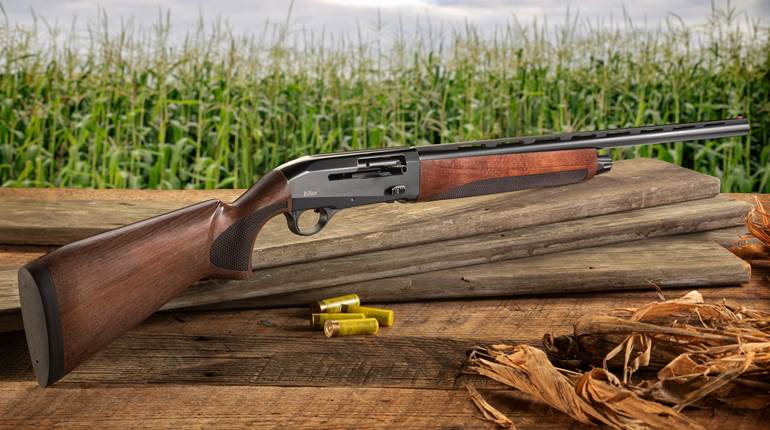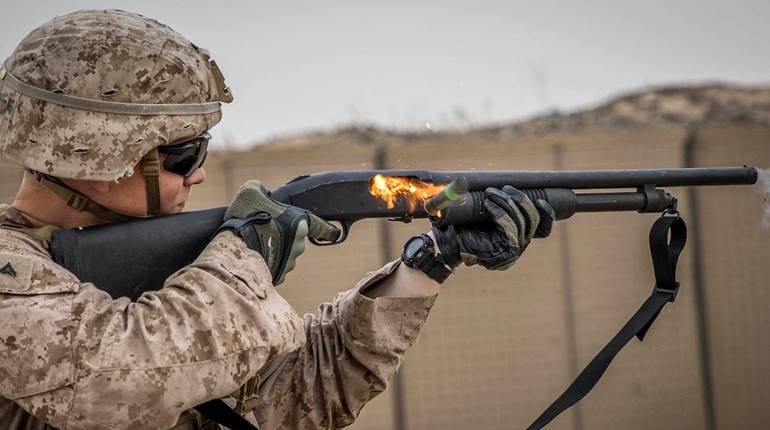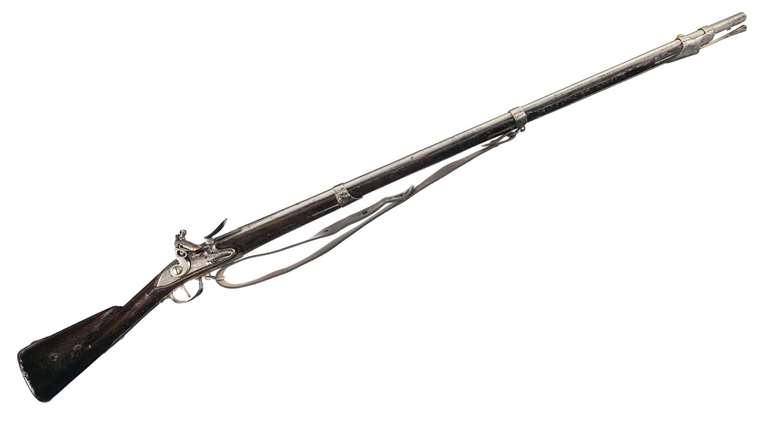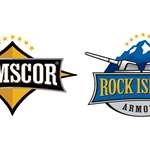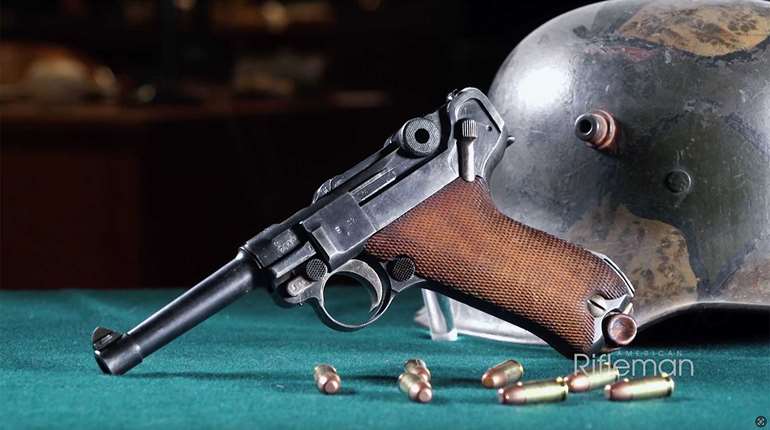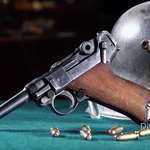One of the landmarks in Lonoke, Ark., is the 11-story shot tower that looms over the Remington Ammunition factory in town. This is where all of Remington's ammunition is made, but in particular, the company is known for its shotshells, loaded with shot dropped from the tower. Watch our "American Rifleman Television" feature segment above to see how Remington's shotshells are made.
"One of Remington's great strengths is shotshells," said Jason Nash, vice president of marketing for Vista Outdoor's ammunition brands. "The STS product, the Nitro product. It's really renowned for their excellent reloadability and their performance in big competitions."

"The STS and the Nitro 27, in our mind, is the best hull made," said Jason Vanderbrink, president of Remington Ammunition. "It's a unibody hull, highly reloadable, it's a brass head. Shooters have come to really enjoy the performance of Nitros and STS, so we have to expand that line."
Production of all Remington shotshells starts with the shell cap, the brass head located on the bottom of the shotshell. At this point, a shotshell doesn't look much different than a rifle or pistol case at the same stage of production.
"When we make a shotshell, the cup, or the cap, of the shell will come in in a raw material similar to what you'd see in a pistol or a rifle shell casing," said Kris Carson, director of product affairs, Remington Ammunition. "We're going to bring that in a brass strip or a nozzle strip, whatever specific cap that we're making, we're gonna stamp that out of the material. We'll put our heads stamp on there, get it ready to go. We'll start the initial punch to put a primer in there."

Where things begin to differ between shotshells and centerfire rifle and pistol ammunition is when the plastic shotshell hull is created, and Remington has perfected the hull-manufacturing process over decades.
"The plastic beads come in to make the bodies, and we're gonna put those through an extrusion process where you're gonna heat 'em up, you gotta get 'em to melting temperatures," said John Langenfeld, product engineering manager, Remington Ammunition. "You're gonna extrude 'em out over a good distance, because they've got to cool back down. We're taking diameters and measurements of that so that it meets all the specifications. So that when you go to form your body, that it comes out and meets all the dimensions that it needs to."
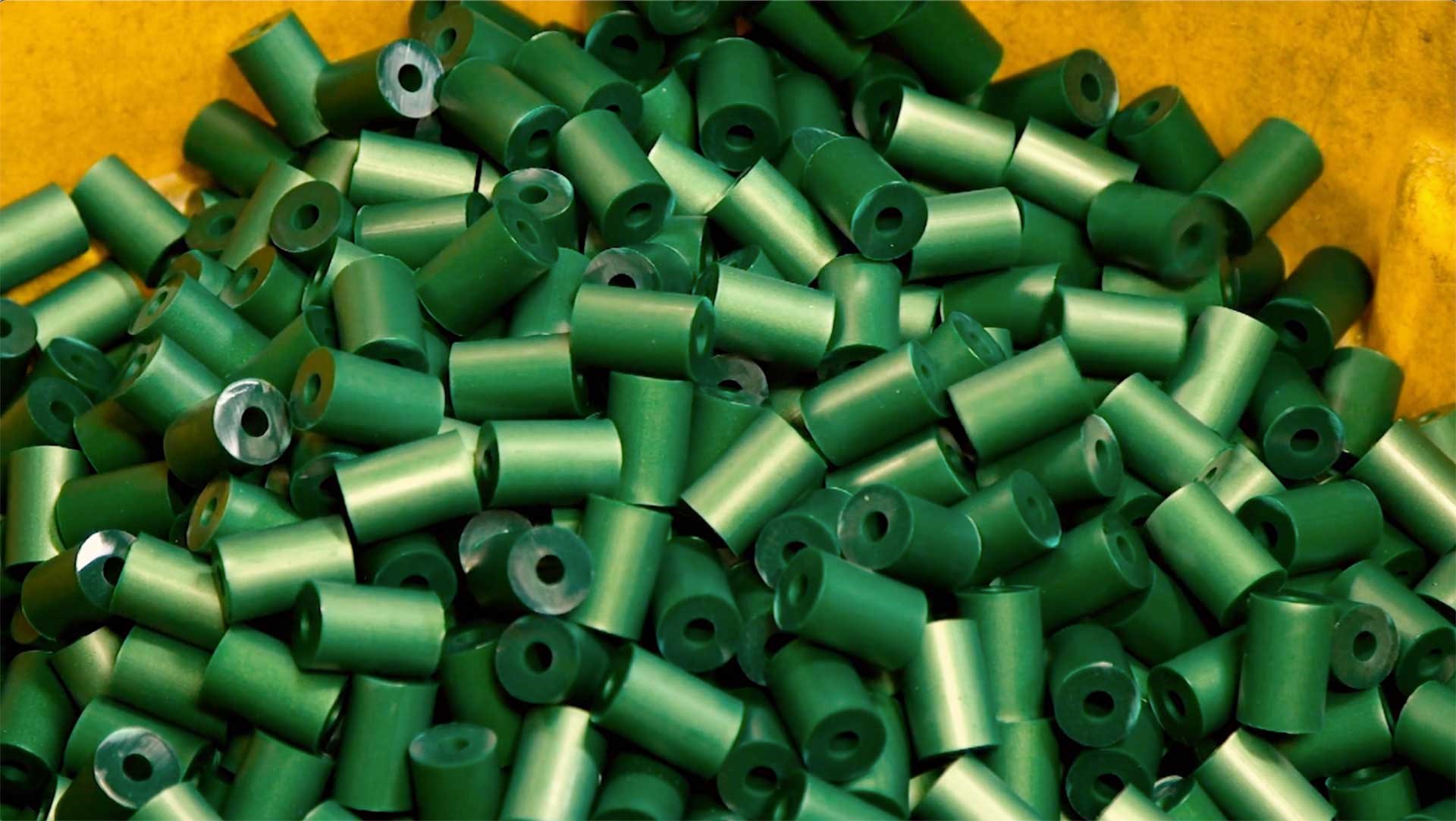 Once the hulls are made, the shell caps and hulls have to come together in a process known as "A, H and P," standing for "assembly, head and prime." Once the plastic hulls are mated to the brass shell caps, the empty cases are primed. After that, powder and the all-important shot have to be loaded into the cases.
Once the hulls are made, the shell caps and hulls have to come together in a process known as "A, H and P," standing for "assembly, head and prime." Once the plastic hulls are mated to the brass shell caps, the empty cases are primed. After that, powder and the all-important shot have to be loaded into the cases.
"So here in Lonoke, where all the Remington ammunition is made, if you've ever seen the plant and driven by on I40, you see the iconic shot tower," said Nick Sachse, director of product management, Remington Ammunition. "So, that shot tower is simple in design, but brilliant at the same time."
The shot tower is key to producing the kind of shot for which Remington shotshell loads are known. Inside, an elevator conveys pallets of lead to the top, where it's melted and poured through specially designed plates with holes that size the molten lead into drops. The drops fall the full height of the building and rapidly cool after splashing down into a pool of water.

"The advantage to the shot tower is round shot," Langenfeld said. "And as you drop the shot from the stories and it turns round through surface tension, it's a higher quality and you're going to get better patterns, better performance. And that's what our consumers know us for in our premium target loads is good, hard round shot that gives you uniform patterns."
Throughout the loading process, quality-control checks are in place to ensure the loads are producing the velocities and pressures needed for reliable, safe operation.
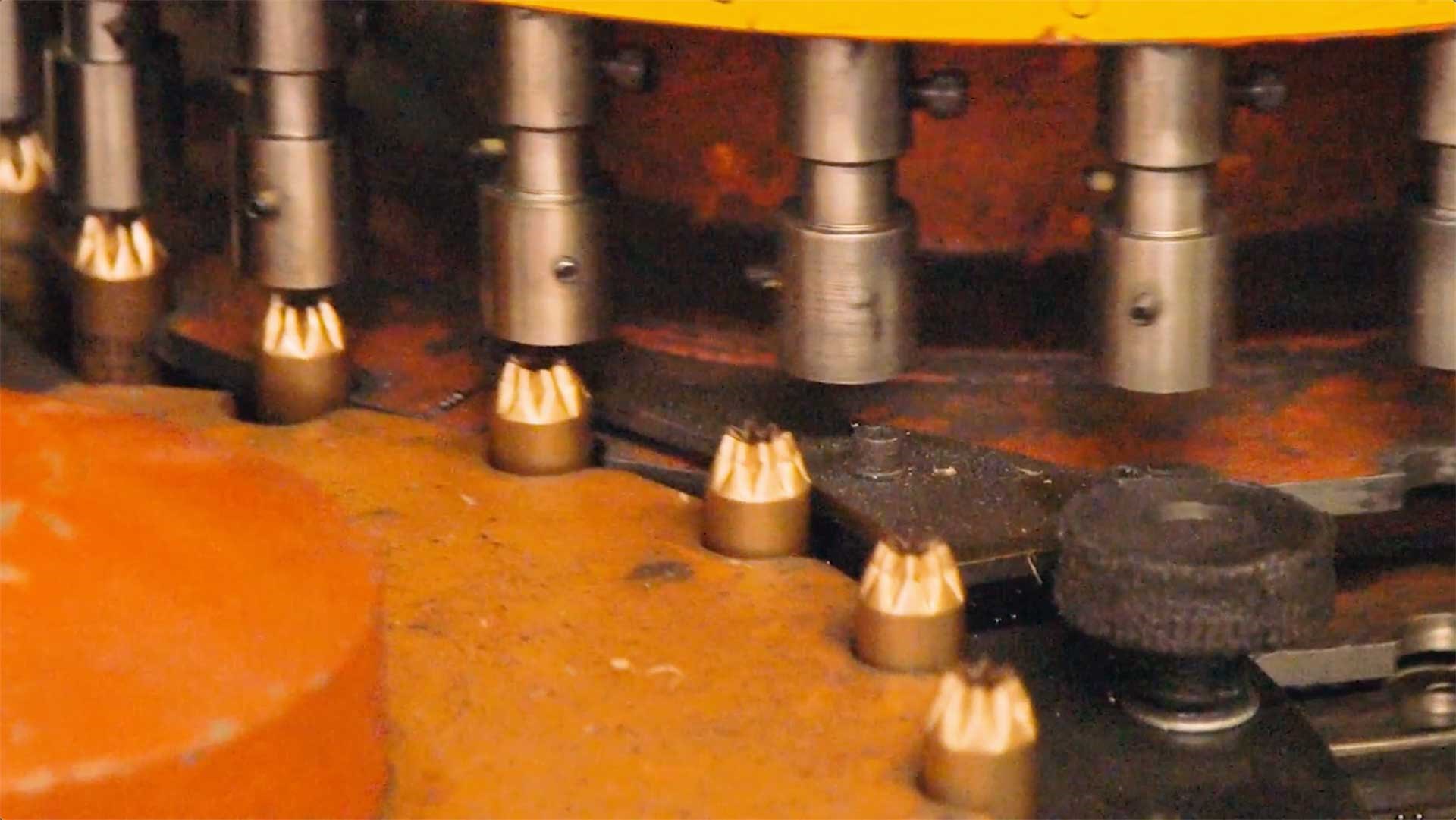
"Every four hours, our gunners will go out to the loaders and pull a sample back into ballistics and fire it," said Jimmy Lawrence, ballistics engineer, Remington Ammunition. "And the things we'll test for are obviously velocity, which is what the customer is expecting, pressure is what we are responsible to test for the customer and then function. We'll fire them from real production firearms and make sure they cycle autoloaders and you can pump in and out of different models of shotguns."
Following Vista Outdoor's acquisition of Remington Ammunition, questions were asked about Vista's intended plans for Remington's shotshell loads, questions that Vanderbrink was keen to answer.

"Our job in the target shotshell line is, 'How do we get STS and Nitros out there faster and more quantities than ever had?'" Vanderbrink said. "And we will never sacrifice that quality. There's a lot of points out there on the blog, saying, 'Is Federal going to change the STS and Nitro 27?' The answer is yes, we are going to change it. We're going to make more of them. That's it."
To watch complete segments of past episodes of American Rifleman TV, go to americanrifleman.org/artv. For all-new episodes of ARTV, tune in Wednesday nights to Outdoor Channel 8:30 p.m. and 11:30 p.m. EST.


